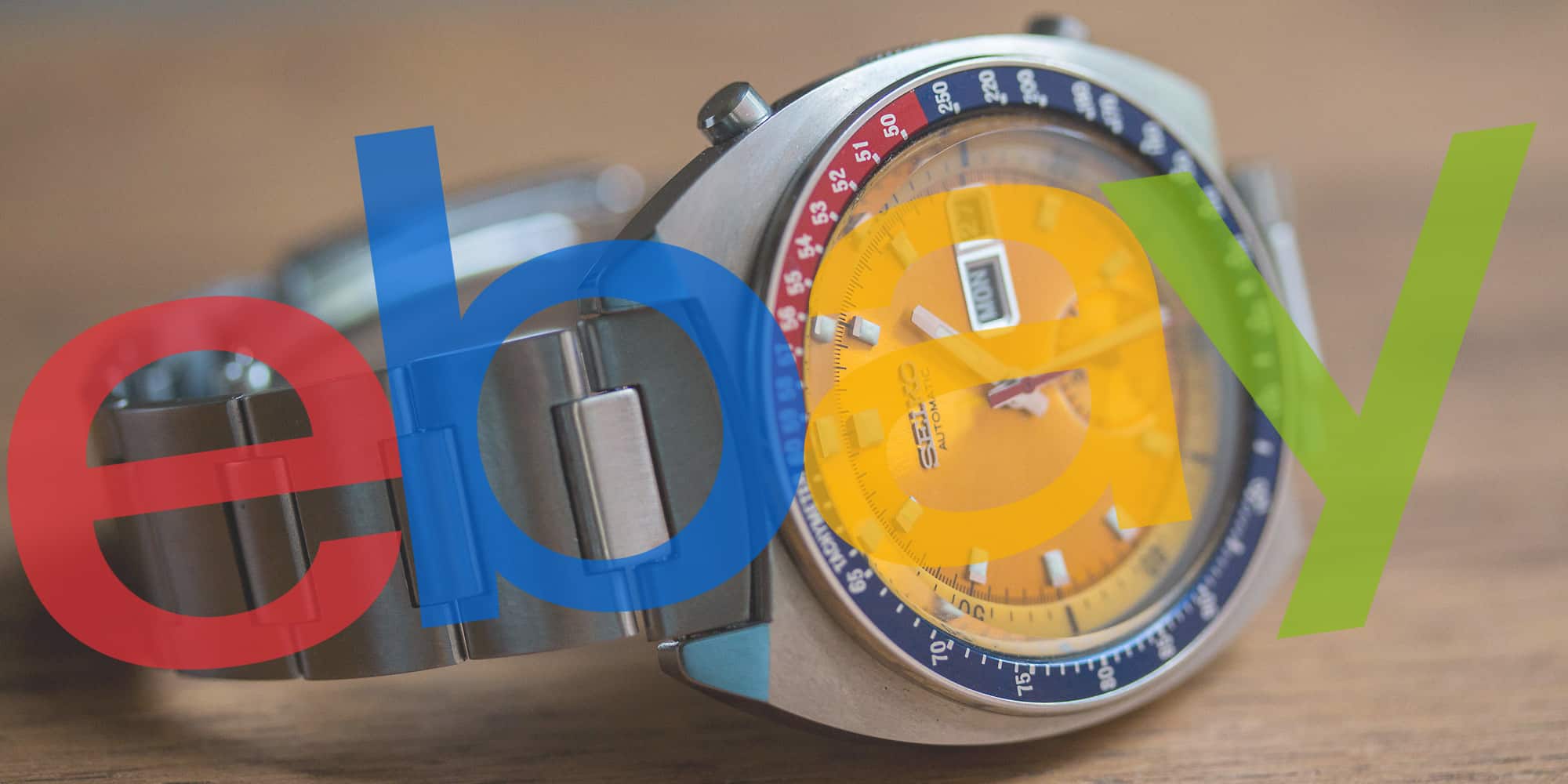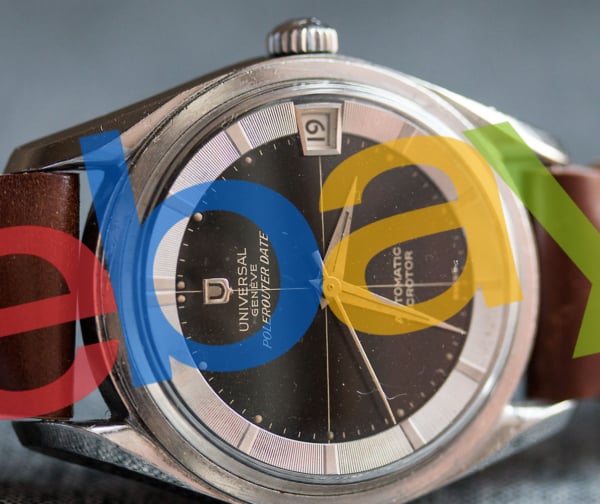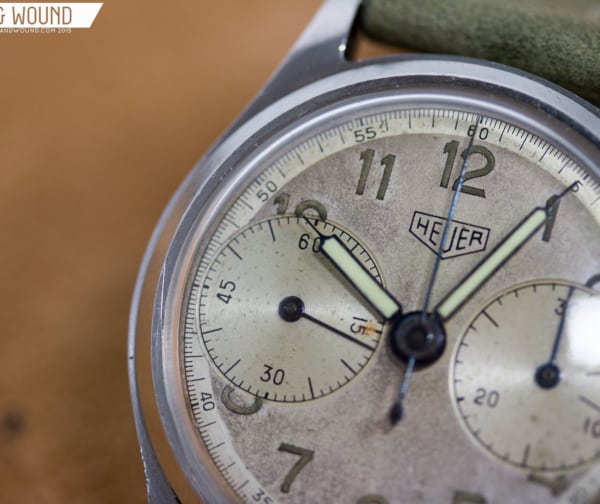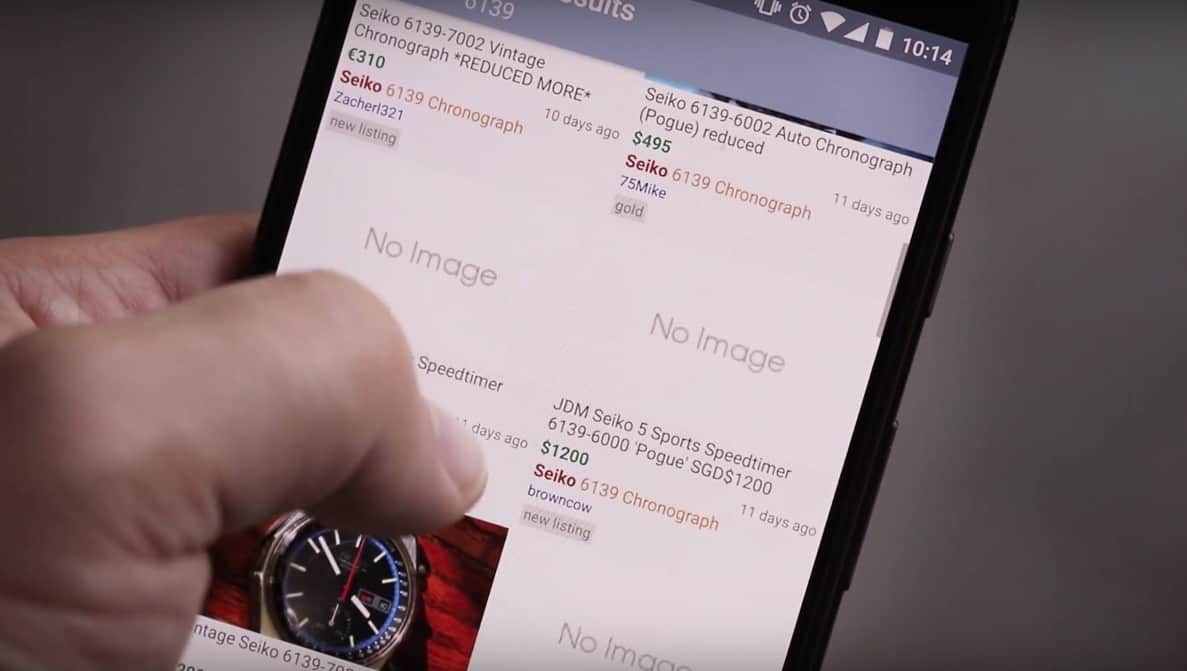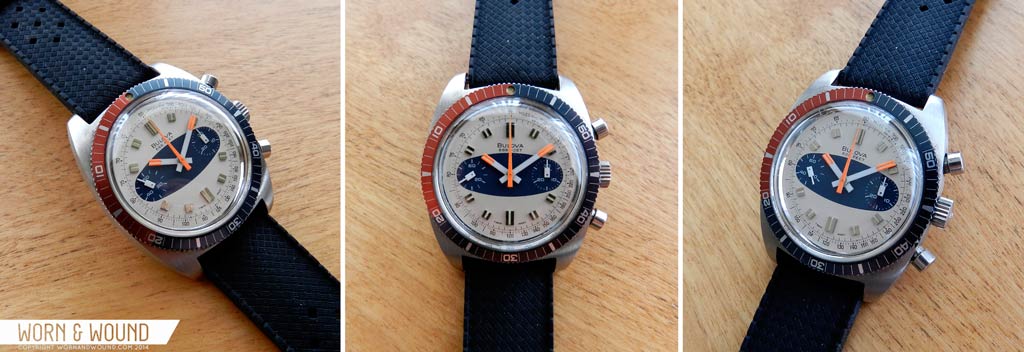Last week, we wrote about the preliminary steps you need to take if you’re thinking of buying a vintage watch on eBay, from doing some basic research to making sure you read all the fine print. Today, Christoph McNeill (Instagram’s @VintageDiver) offers some tried and true tips on how to size up the seller, how to avoid overpaying, and what to ask for after you’ve won an auction.
Buy the Seller
Okay, now that you’ve checked all the pictures and carefully read the description, your next step is to look into the seller. One of eBay’s greatest features is its feedback system. While it is definitely a little flawed, it remains an invaluable tool for both buyers and sellers alike. Check the seller’s feedback. If they have more than one or two negative or neutral marks, that can be a red flag.
If that happens to be the case, do a little digging to see what the deal is. It could be an unreasonable buyer who left negative feedback because the item wasn’t shipped quickly enough, or it could be something more serious like the seller doesn’t respond to emails or the item was not as described.
Generally, if a seller has multiple negative or neutral ratings, I avoid buying from them, even if they’re selling a watch I really want. That said, it’s not necessarily a deal breaker if the seller doesn’t have 100% positive feedback. Look at the overall picture of their rating and go with your gut.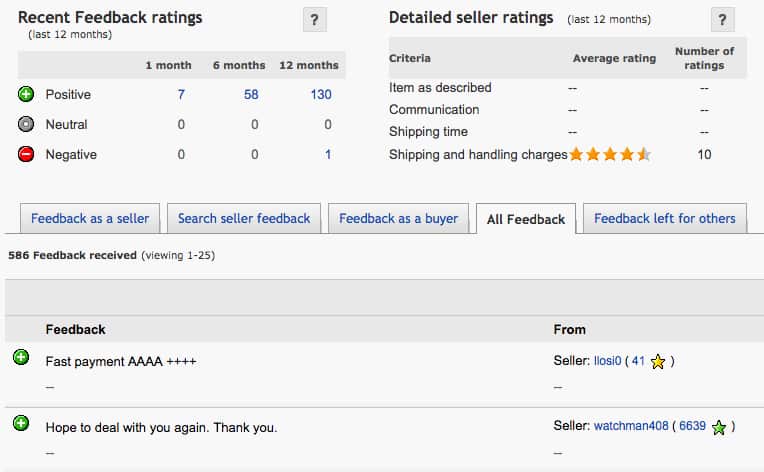 You will also want to see what other items the seller has for sale. Do they sell a lot of watches, or do they have one watch and a boat load of Cabbage Patch Kids and baby clothes? If they only (or mostly) sell watches, this should indicate that they have some idea about the condition and operation of their watches and are likely knowledgeable about their wares. Or conversely, the seller might be a huckster selling overly polished watches rife with aftermarket parts and descriptions filled with deceptive, flowery prose.
You will also want to see what other items the seller has for sale. Do they sell a lot of watches, or do they have one watch and a boat load of Cabbage Patch Kids and baby clothes? If they only (or mostly) sell watches, this should indicate that they have some idea about the condition and operation of their watches and are likely knowledgeable about their wares. Or conversely, the seller might be a huckster selling overly polished watches rife with aftermarket parts and descriptions filled with deceptive, flowery prose.
That said, it’s not necessarily a deal breaker if the seller doesn’t have 100% positive feedback. Look at the overall picture of their rating and go with your gut.
Sometimes it’s a benefit to buy from someone who does not normally sell watches. I’ve found it to be far less likely that a watch has been tampered with or has aftermarket parts if the person is selling a watch they inherited, picked up at an estate sale, or, better yet, are the original owner! I’ve gotten some of my best eBay buys from sellers like this.
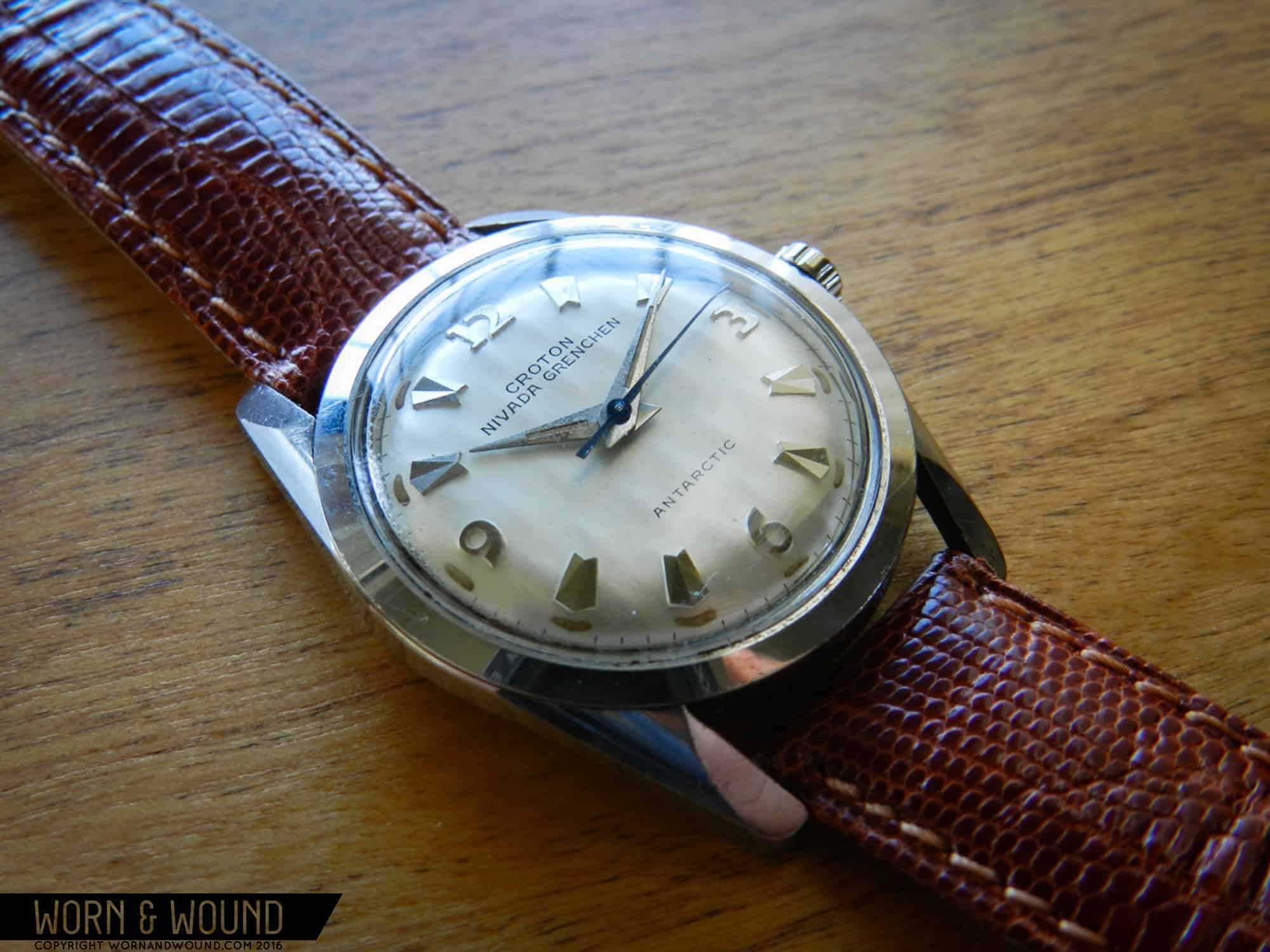









 Featured Videos
Featured Videos




